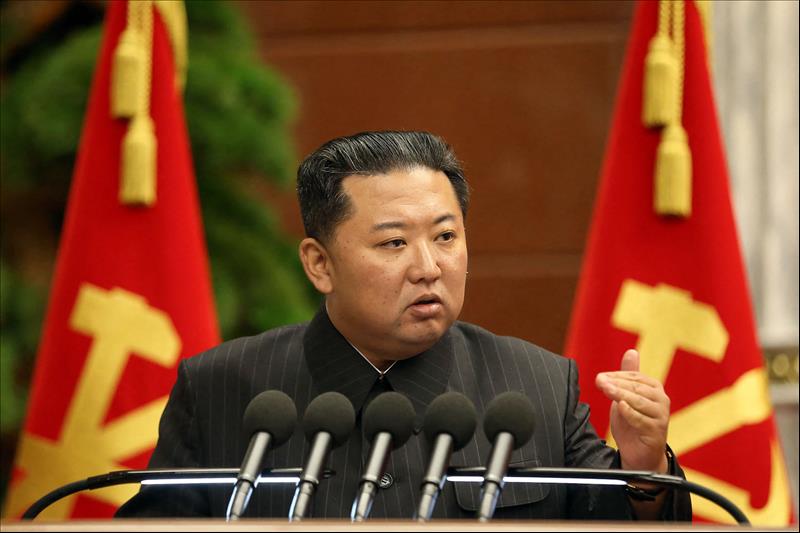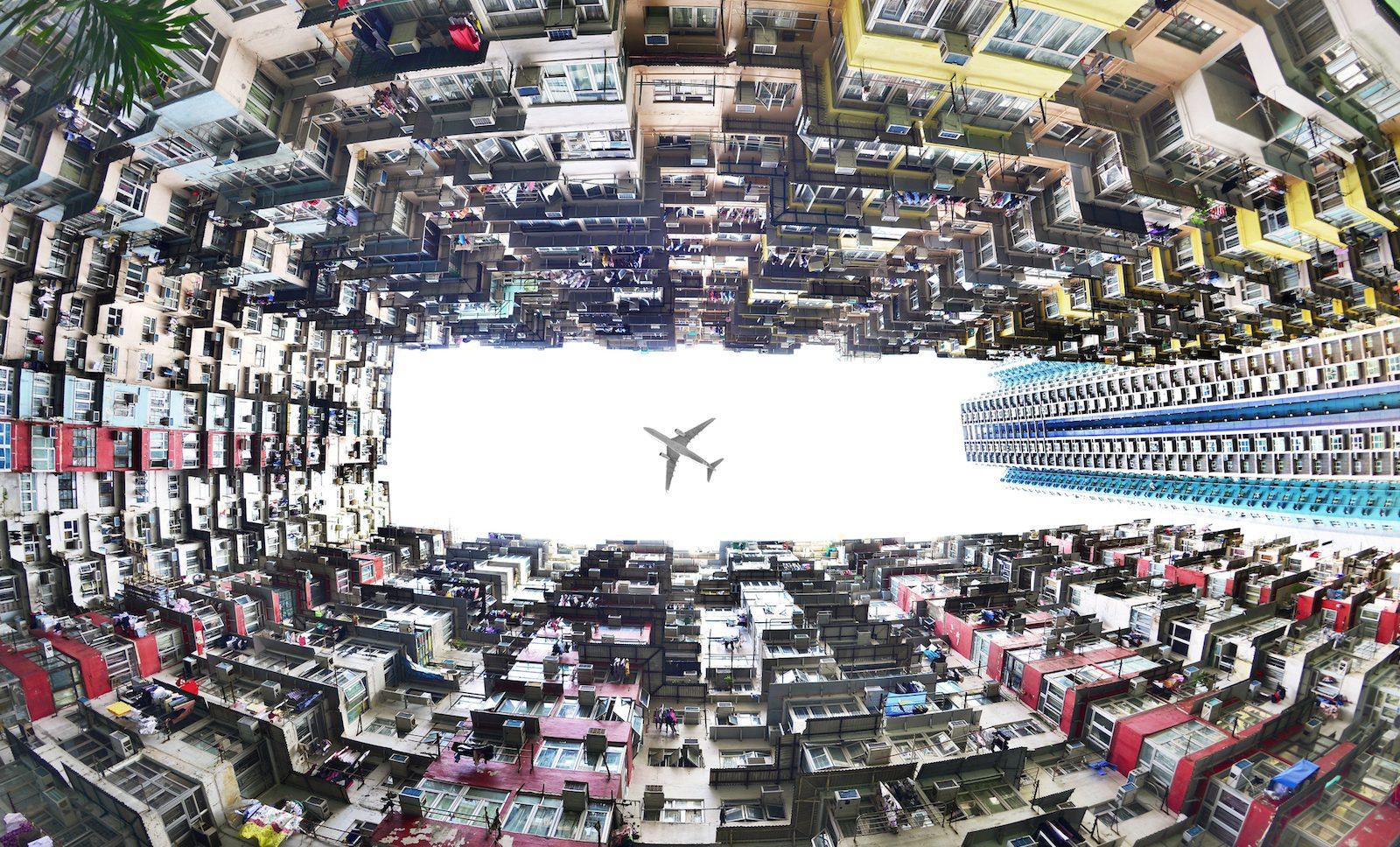
N Korea's Transformation On Reunification Marks Paradigm Shift
This sentiment was reiterated during a January 15 meeting of North Korea's Supreme People's Assembly (SPA), where the country's constitution was ordered to be rewritten to label South Korea as its“principal adversary .”
Subsequently, public symbols promoting peaceful reunification in North Korea were dismantled and references to it were deleted on state media outlets.
Additionally, three inter-Korean cooperation organizations – the Korean People's Cooperation Administration, Kumgangsan International Tourism Administration, and the Committee for the Peaceful Reunification of the Fatherland – were abolished, accompanied by an increase in North Korean missile tests .
Several North Korea experts, including former US State Department official Robert L Carlin and nuclear scientist Siegfried S Hecker, have sounded the alarm about the growing potential for conflict.
Armed with nuclear weapons and emboldened by challenges to US power in Ukraine and the Middle East , Pyongyang might see this as an opportune moment for large-scale aggression. However, the North Korean leadership may believe that abandoning reunification while avoiding war could bolster its autonomy by freeing it from the democratization constraints linked to the reunification process.
North Korea explored various avenues for peaceful reunification in the decades following the Korean War , including Kim Il Sung's Three Principles of National Reunification in 1972 .
The 1980s saw more substantive ideas emerge. North Korea's“Democratic Confederal Republic of Koryo” proposed two regional Korean governments under a confederal government.
Subsequently, South Korea put forward its“Unification Formula for the Korean National Community,” outlining a three-step model of reconciliation and cooperation, formation of a Korean commonwealth, and establishment of a unitary liberal democracy.
In 1991 , North Korea introduced the idea of a“low-stage federation” with regional autonomy, which received a positive reception from South Korea. By 2000, a Joint Declaration acknowledged common elements in both North and South Korea's proposals that fostered an environment conducive to the pursuit of unification.
Rifts developHowever, relations between the Koreas began to break down in the 2000s, particularly after the North conducted its first nuclear test in 2006 , and have soured further in recent years. Citing the“vicious cycle of contact and suspension, dialogue, and confrontation” and accusing South Korea of using reunification to collapse the North Korean government, Kim Jong Un's policy shift threatens to undo decades of work.
Apprehension about South Korea and the US maintaining a firm stance on North Korea without concessions no doubt motivated Pyongyang to discontinue reunification efforts.

Legal Disclaimer:
MENAFN provides the
information “as is” without warranty of any kind. We do not accept
any responsibility or liability for the accuracy, content, images,
videos, licenses, completeness, legality, or reliability of the information
contained in this article. If you have any complaints or copyright
issues related to this article, kindly contact the provider above.





















Comments
No comment